INSPIRATION • January 2019
The Club’s guide to… Prosecco
It seems you can’t go anywhere these days (certainly not in London) without seeing Prosecco on the drinks menu. But there’s much more to this Champagne challenger than meets the eye – and the palate. Food writer and Club contributing editor Ross Clarke visits northern Italy to find out more about the rising star of Italian bubbles

What is Prosecco?
Without wishing to state the obvious, it’s a type of sparkling wine, but also a small town just above Trieste (from which the drink gets its name). Like wines and other glasses of bubbly, there are drier and sweeter versions, and its taste should not only be well balanced between acidity and sweetness, but also fresh on the nose with bright fruity flavours, including green apple, white peach and tropical fruits. With more to Prosecco than that glass you toasted the bride and groom with recently, there's even a non-fizzy version - look out for tranquillo on the menu. And don’t be fooled by the names either, extra dry is actually the sweetest and extra brut the driest.
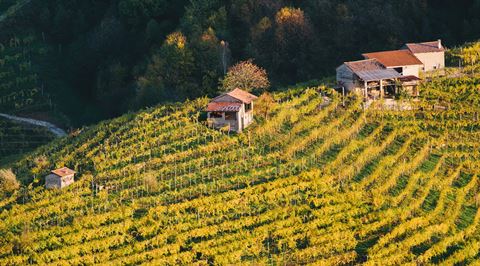
Where does it come from?
The Prosecco DOC region stretches from Vincenza to Trieste, Belluno to Padova – but its heart lies less than an hour’s drive from Venice in the province of Treviso. The capital, also called Treviso, is a somewhat undiscovered city characterised by canals, terracotta-hued buildings and cobbled streets. It is less crowded than its more touristic neighbours, but come nightfall the central square and surrounding streets burst with life. Head to Proseccheria dell’Oste on one of the side streets leading from Piazza dei Signori and work your way through the labels on its Prosecco bottle-lined wall. Rest your head at the effortlessly chic Maison Matilda.
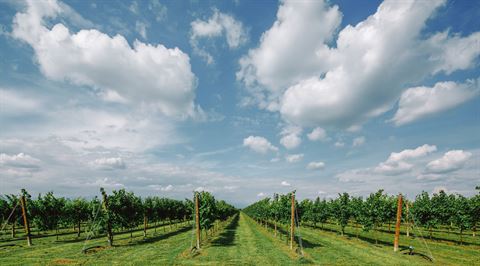
How do I get up-close to the vines?
Wine tourism is still relatively low in the region, but most wineries are happy to invite you in for a tour and tasting – just drop them a line to arrange a visit. First stop? Make for the town of Conegliano to the Oenological School of Conegliano – Italy’s oldest – and drop by Museo Manzoni to learn about Prosecco’s history. Around this charming little town you’ll find many wineries, such as Villa Marcello, run by the Marcello family from their ancestral home.
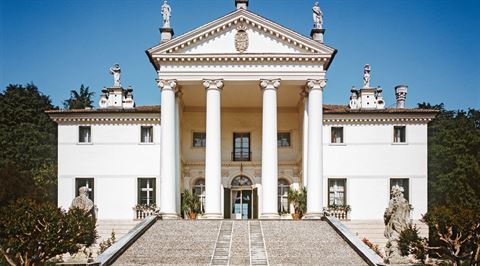
Where can I find the best tasting rooms?
At the agriturismo estate of Borgoluce, gourmands will appreciate the fresh buffalo Mozzarella, salami and cured meats as they sup sparkles. Venture west to explore the area considered the best for Prosecco grapes, the hill of Cartizze. Stop for sampling at Ruggeri before enjoying lunch at the curious Osteria senza Oste, a self-service stop where you can buy nibbles and Prosecco from a vending machine at the top of the hill, with vineyards views. End the day at the chic and sleek Villa Sandi estate (pictured), with its 1km of tunnels – some secretly excavated during the world wars – which hold over 1.2 million bottles. Take respite at Agriturismo Relais Dolcevista.
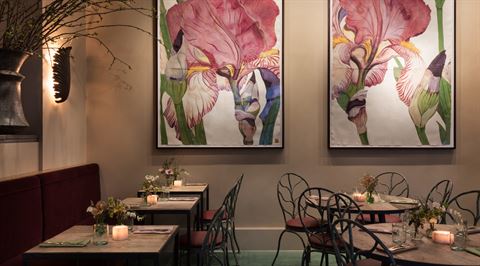
And if I can’t make it to Italy?
Prosecco is exported worldwide, with the UK the biggest importer – its consumption has now outstripped Italian. In London, try Cantina Colli Euganei Prosecco Extra Dry DOC at Caravan King’s Cross as you brunch on polenta ricotta hot cakes, stewed plums, maple yoghurt cream and pecans. Or try Prosecco Brut DOC Millesimato from Villa Marcello as you nibble on Italian small plates such as squash, sage and Parmesan crochettes at La Goccia, Covent Garden (pictured).
This article has been tagged Food + Drink, Destination
More from previous issues

The Guru: The cabin crew vlogger
The Club speaks to cabin crew member and vlogger Thyra Adjei, who’s been meeting the people who keep BA at the top of its game

My Club: Gillian Anderson
Actress, fashion designer and Gold Executive Club Member Gillian Anderson on finding the most perfect spot on earth, and why she’s delighted to call London home
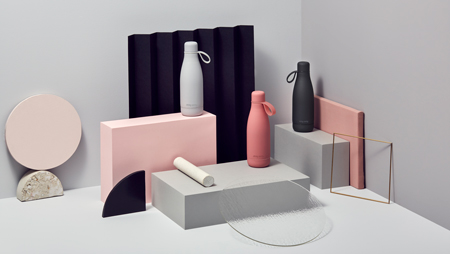
Seven reusable bottles to take on your travels
Eau so simple: water is part of everyone’s travel needs, but not always easy to access. These reusable bottles will solve that problem, wherever you are
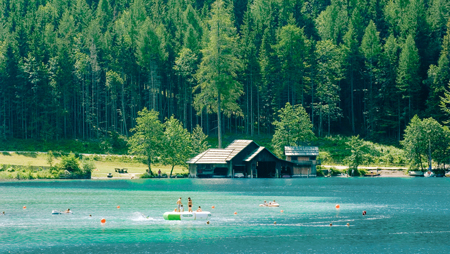
Six of the world’s best hidden beaches
From Austria's famously pure pools to city beaches in Eastern Europe, we ask one travel writer to uncover the best hidden beaches for sun and seclusion
